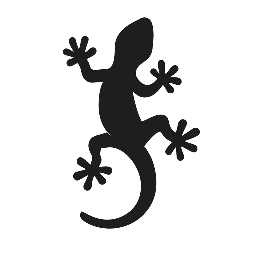Tag: Bearded Dragon
-
As pet owners, we hope for the best but should always prepare for the worst. Emergencies—a sudden injury, an unexpected power outage, or the first subtle signs of illness—rarely happen at a convenient time. While nothing can replace the expertise of a qualified exotic vet, having a well-stocked first-aid kit on hand can make a…
-
A Block in the System: A Guide to Preventing Impaction in Your Bearded Dragon As bearded dragon owners, we spend a lot of time focused on the inputs—the perfect salad, the gut-loaded insects, the correct supplements. But paying attention to the outputs is just as critical. A healthy digestive system is the engine of a…
-
Is Your Beardie Feeling Blah? 7 Telltale Signs of an Unhealthy Bearded Dragon Bearded dragons are masters of stoicism. Their calm demeanor and hardy nature are part of what makes them such fantastic pets. However, this stoicism can also be a double-edged sword, as it can make it difficult to tell when they’re feeling unwell.…
-
You’re in the produce aisle, planning your bearded dragon’s salads for the week. You grab the usual staples—collard greens, maybe some butternut squash—and then you see it: a vibrant, leafy bunch of kale. It’s hailed as a “superfood” for humans, packed with vitamins and minerals. It seems like a perfect, healthy choice for your scaly…
-
One of the most common questions new bearded dragon owners ask is, “How often should I be feeding my pet?” It’s a fantastic question because the answer is not one-size-fits-all. A baby dragon’s dietary needs are vastly different from a full-grown adult’s. Understanding the right feeding schedule for your dragon’s age is essential for their…
-
So, you’ve welcomed a bearded dragon into your home! These charismatic, gentle lizards make fantastic pets, but one of the most crucial aspects of their care is their diet. As omnivores, bearded dragons require a balanced mix of insects, vegetables, and fruits to thrive. But what exactly can they eat, and what should you avoid?…
-
When you think of a bearded dragon, you probably picture the arid, sun-scorched deserts of Australia. It’s a land of sand and rock, so it’s natural to assume these reptiles need a bone-dry environment to thrive. However, one of the most common mistakes a new owner can make is neglecting humidity. While they are indeed…
